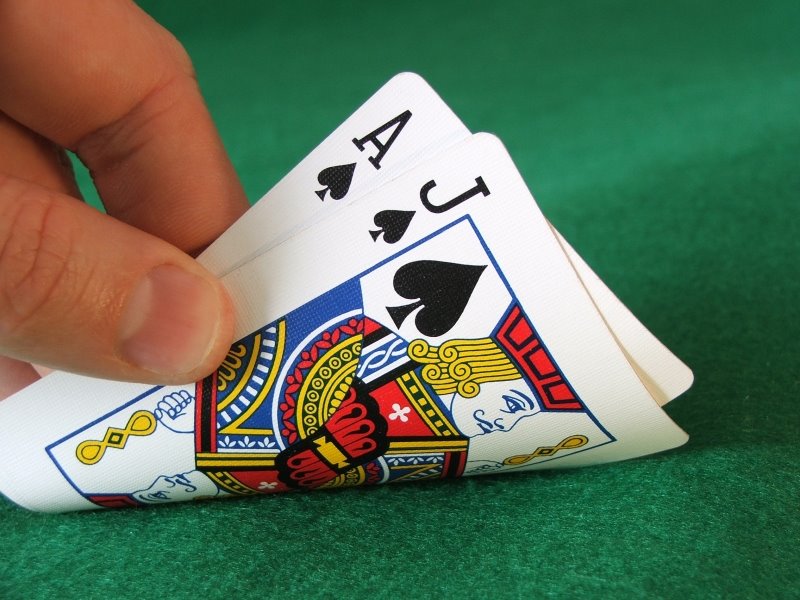Ask anyone that likes to play card games and frequents some sort of gambling establishment (online or in the real world) and you’re sure to hear them speak favorably about the Blackjack. Why might they do this, you ask? Well, simply put, Blackjack is just one of those games that’s easy, quick and offers better odds than most others. It has a rather straightforward premise – get as close as you can to 21 without going over, seems simple enough, right?
Of course we’re not about to divulge some sort of mega-tip about how to count cards or mathematically “beat the odds” utilizing some MIT student’s formula. You’re obviously reading this article because you want to learn how to play blackjack, along with wanting to understand the basics. Instead, we’re going to focus on some simple fundamentals. You know what we’re talking about here, the kind of approach that’s more rooted in working with what’s available to you as a player, and not angled toward rigid calculations.
For starters, anytime you draw the first two cards and you have anything lower than a 16 (face value), then you should immediately “hit” for another card. In most cases you might find yourself receiving a lot of lower card values and might have to draw up to 4 or more cards. As a general rule of thumb, you’re not going to move beyond 5 cards anyway, so be very cautious by card 4; anything above a 16 is an automatic hold.
Of course in most instances, two cards will make or break the play and one might consider it extremely dangerous to “hit” when you’re staring at a 16 or above. Even having 17 is tempting for some people, particularly if your opponent has some type of high/royal suit card exposed (indicating that they only need one more card with a value of 10 to pretty much win the hand with 20). In most cases you just need to exercise prudence and hope that you end up with something on the other side of 18.
Let’s say for example you draw a 6 and a 7, giving you 13, doubling down looks tempting, right? Well, you could take any card with a value less than 8 and still remain at or under 21, but it’s a pretty big risk because you’d need something between 4 and 8 to remain in a “safe zone”, or something 17 or higher. It’s probably best to avoid doubling down in most instances, opting to hit instead to double on 11 (and maybe 10) only. The reasoning behind this is based purely on statistics and should probably be strictly adhered to by aspiring Blackjack gamblers.
Being a game of luck as well as skill with split-second decisions, Blackjack will appear kind or cruel – it all depends on chance sometimes. As a gambler you simply have to know when to step things up a notch and when to back down a bit. To put it another way using a oft-quoted phrase “if the fish aren’t biting you might as well go home”. When things are going your way, aim for the sweet spot between 18 – 21 and place your bets accordingly.







